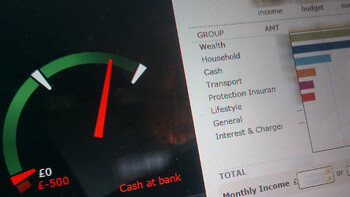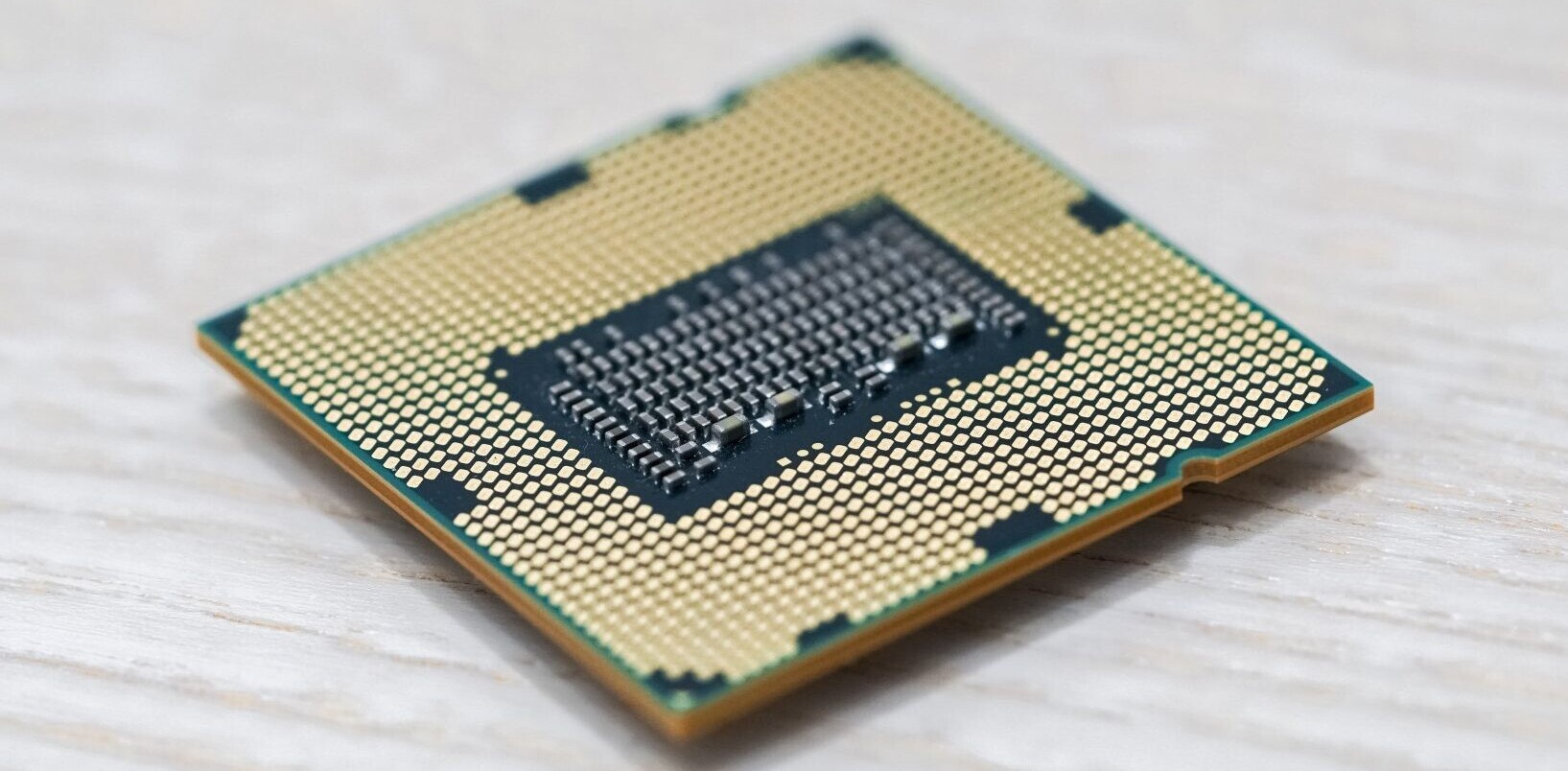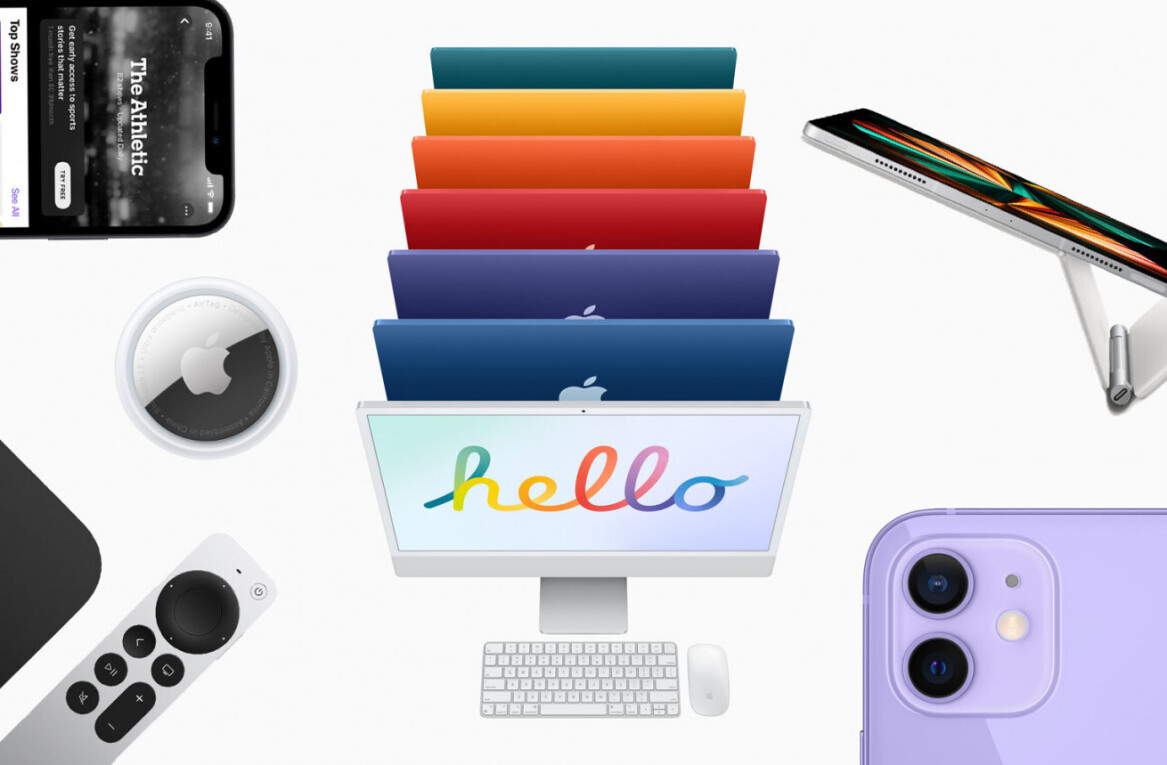
So, you’ve decided to start a blog. Good for you. As someone who has started, contributed and edited several over my “Internet lifespan”, it can be a very rewarding experience.
These years of experience may not make me an expert (per se), but they do give me some insight on what one should do when they first get started versus what they shouldn’t. I’ve bought books on the subject and read many “how to” articles on getting started with your very own blog, but it took me a lot of searching and reading time to get to the heart of the matter. I’m going to break down the two most important things you need to keep in mind and act on when starting out. How you decide to tackle these two blogging basics can make a big difference in how the rest of your blogging experience takes shape.
1. Don’t post daily. In fact, maybe just weekly to start.
Many first-time bloggers make the mistake of jumping in full bore. They start by posting every day (including weekends), because they have been told it will draw readers in right away…and they’re really enthusiastic when they enter the blogging realm. Then as time goes by and either certain aspects of their life start to play into how often they post or they don’t see immediate readership results, they slow down a bit. No more weekends posting. Then it turns into posting three times per week. Then just once a week. This is not the way to go.
Sure, the web is forgiving, but you can’t start by posting daily and expect readers to stick around when you start to drop off in posting frequency. It’s always better to start off slowly, despite all of your enthusiasm, because it shows growth rather than decay. Ultimately, keep this quotation in mind when starting out:
“Slow and steady wins the race.” – Aesop, The Hare and the Tortoise
Readers will come if you deliver quality content, but it’s not going to happen overnight. It’s going to be the quality that wins out, not the quantity. If you’re writing a blog on your own, make sure you start off with no more than 2-3 posts per week. Then build from there. It will not only allow you to write better over the long haul, but will keep the endurance of your enthusiasm far longer than writing daily.
2. Use images. Or don’t. But know when to do either.
While I think that there is merit to using an image in many cases, sometimes they can get in the way of the written content. I’ve struggled with this myself, as evidenced on my own site. Even well known blogger and co-author of Content Rules, C.C. Chapman believes having an image is more important than ever, as evidenced in this tweet:
Never seen a visual RSS reader? Check out Pulse on an iPad and you’ll see why photos in blog posts are more important now.#blogchat
I use Flipboard and seeing images definitely attracts my eye, but images rarely keep me interested for long. If the writing sucks, then I’m out of there. I follow blogs that both do and don’t use images. But after a quick look at my RSS reader, I found that most of the ones I follow don’t use images. The quality of the writing is just that good.
I tend to use images for shorter posts and none when I’m writing longer pieces (unless they need screenshots to better illustrate what I’m writing about). Play with it a bit. Experiment. Unlike with posting frequency, this is an area where you can do that and not run the risk of alienating your readers all that much. But if you are going to use images, make sure you give credit where credit is due.
The question you need to ask yourself is whether or not you can deliver top-notch writing that can stand on its own, with no image required. And you’ll need to ask that question again and again throughout your blogging life. Be honest with yourself, otherwise your material will suffer.
Keep these two important blogging basics in mind when you start blogging and you’re going to have a great foundation to build your readership, deliver quality content and — best of all — have fun doing it.
Get the TNW newsletter
Get the most important tech news in your inbox each week.




